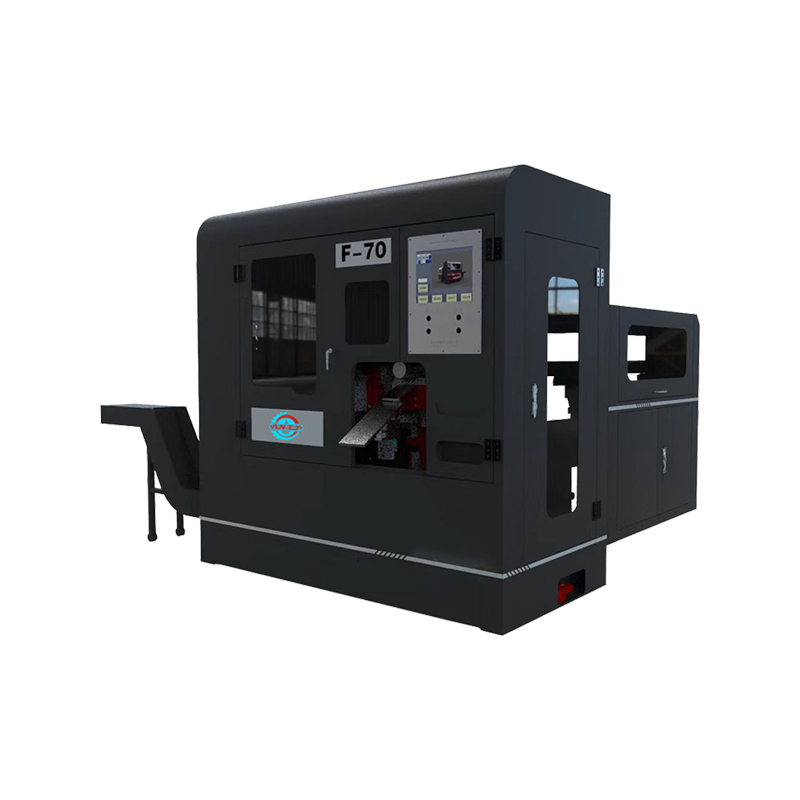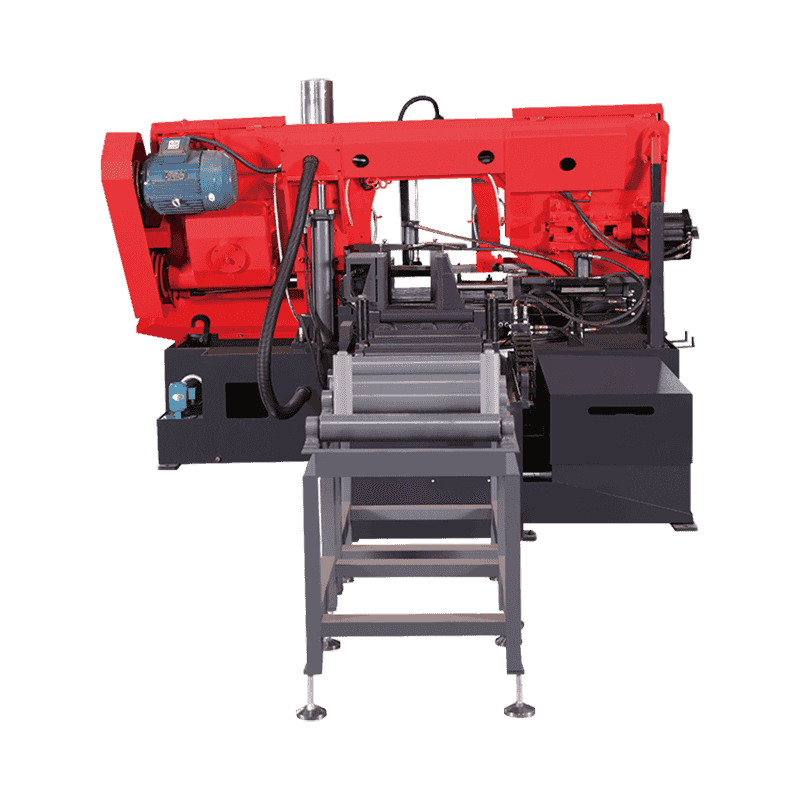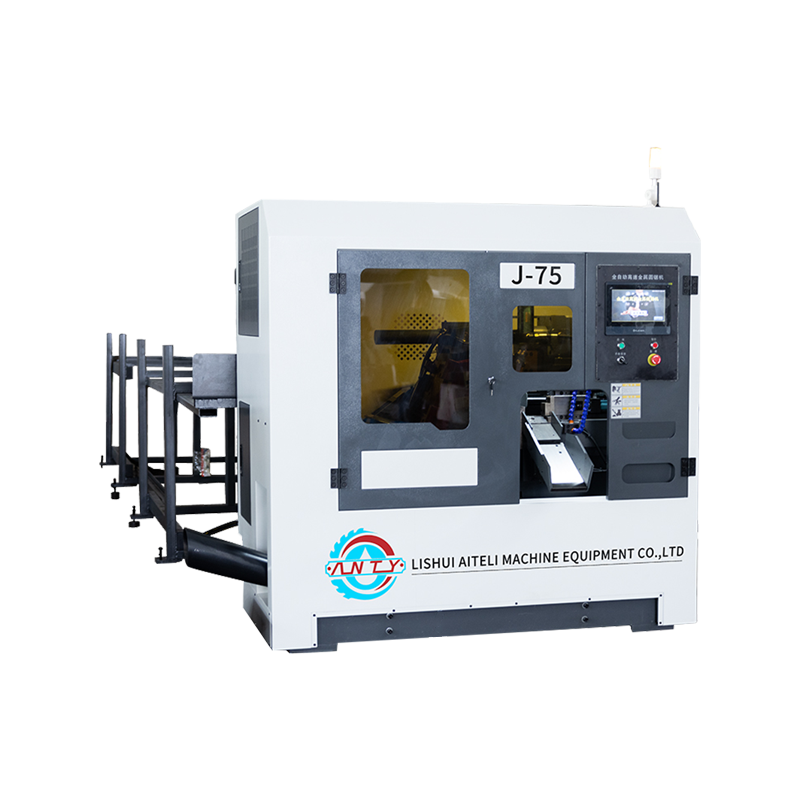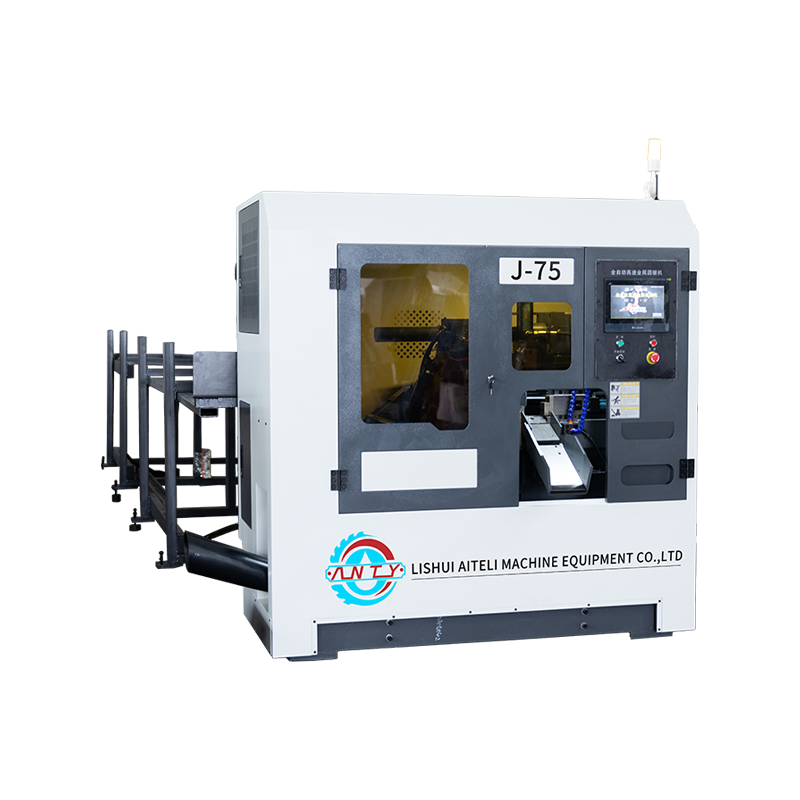Why Are Metal Cutting Band Sawing Machine Blades Sensitive to Feed Rate?
Unexpected variations in cutting performance are common when operators switch between a CNC full automatic High speed circular sawing machine and a Metal cutting Band sawing machine, especially when dealing with metals of different hardness levels. Many users notice that blade wear, surface finish, and cutting stability change noticeably with different feed rates. Understanding why feed rate affects blade behavior helps users set up stable machining conditions and reduce unnecessary downtime during routine production. How Feed Rate Influences Blade Contact and Cutting Pressure Feed rate directly determines how aggressively the blade engages with the workpiece. When the feed rate is higher than what the blade tooth geometry can handle, each tooth removes a larger portion of material. This increases cutting pressure, causing the blade to run under a heavier load than it is designed for. With too much pressure, tooth edges may chip, especially when cutting solid bars or high-strength alloys.On the other hand, overly low feed rates may seem safe, but they allow the blade to rub rather than cut. Rubbing generates heat at the tooth tips and can cause rapid dulling. Both high and low feed settings introduce unnecessary stress on the blade. Maintaining a moderate and consistent feed rate offers better tooth engagement, limiting heat buildup and helping the blade stay sharp for a longer period. Why Band Saw Blades React More Strongly Than Circular Saw Blades Circular saws used in CNC full automatic high speed systems usually have a rigid blade body, short cutting engagement time, and fixed chip load per tooth. This stability helps distribute forces more evenly.Band saw blades, in contrast, have a flexible body and a much longer cutting arc. During operation, the blade remains in contact with the material for a longer period per revolution, so any feed rate variation directly affects a larger section of the blade. Even small changes in feed rate can shift cutting forces along the blade length, resulting in deviations, vibration, or tooth marking.Because of this flexibility, band saw blades depend heavily on consistent feed pressure. Even when cutting the same alloy, the blade’s performance may differ if the workpiece cross-section varies. Understanding this sensitivity helps operators tune parameters more carefully for band sawing operations. Heat Generation and Its Connection to Feed Variation Heat buildup during metal cutting is unavoidable, but feed rate determines how this heat is distributed. When the feed rate is steady and appropriate for the material, chips carry away a portion of the heat. However:Too low a feed rate creates fine, powder-like chips that retain heat near the blade.Too high a feed rate produces thick chips that increase friction and temperature at the cutting edge.Heat affects band saw blades more significantly because the cutting teeth are smaller and thinner compared to circular saw blades. Elevated temperature can soften the tooth surface or cause the backing material to lose stiffness. These changes make the blade more prone to drifting during the cut. Operators often interpret this as poor blade quality, but the root cause often lies in feed settings rather than the blade itself. Influence of Material Structure and Cross-Section on Feed Sensitivity Different metals react differently under the same feed rate. For example, materials with uneven grain structure, such as forged components, can cause inconsistent cutting resistance. In such cases, the blade experiences alternating hard and soft sections, which amplifies the effects of feed rate changes.Large cross-sections also require careful feed control. A thick bar causes the blade to remain under load for a longer period per stroke, so even a slight increase in feed rate raises cutting resistance. Many operators notice blade chatter when transitioning from cutting hollow tubes to solid bars. This occurs because the feed rate that worked well for thin-walled materials becomes unsuitable when the contact area increases. Why Stable Feed Rate Protects Blade Geometry Blade teeth are engineered with specific rake angles and spacing to remove chips smoothly. When feed rate is unstable—either due to machine vibration, uneven workpiece clamping, or inconsistent hydraulic feed control—the tooth geometry cannot maintain steady chip formation. Irregular cutting removes metal in a fragmented pattern, increasing tooth friction and pushing the blade off its intended line.Maintaining a balanced feed rate allows each tooth to cut predictably, letting chips curl and exit properly. This consistency reduces the chance of tooth deformation and contributes to a more uniform cutting surface. It also helps prevent early blade replacement, which many workshops struggle with during continuous production. How Operators Can Adjust Feed Rate to Reduce Problems Users can take straightforward steps to manage feed-related sensitivity:Observe chip shape: curled chips indicate that feed settings are within a practical range.Listen to cutting sound: smooth and rhythmic cutting sounds suggest stable cutting pressure.Check for blade deflection: if the blade wanders, the feed rate may need adjustment.Evaluate material hardness beforehand: tougher alloys often require lower feed pressure.



 english
english Русский
Русский Español
Español Русский
Русский
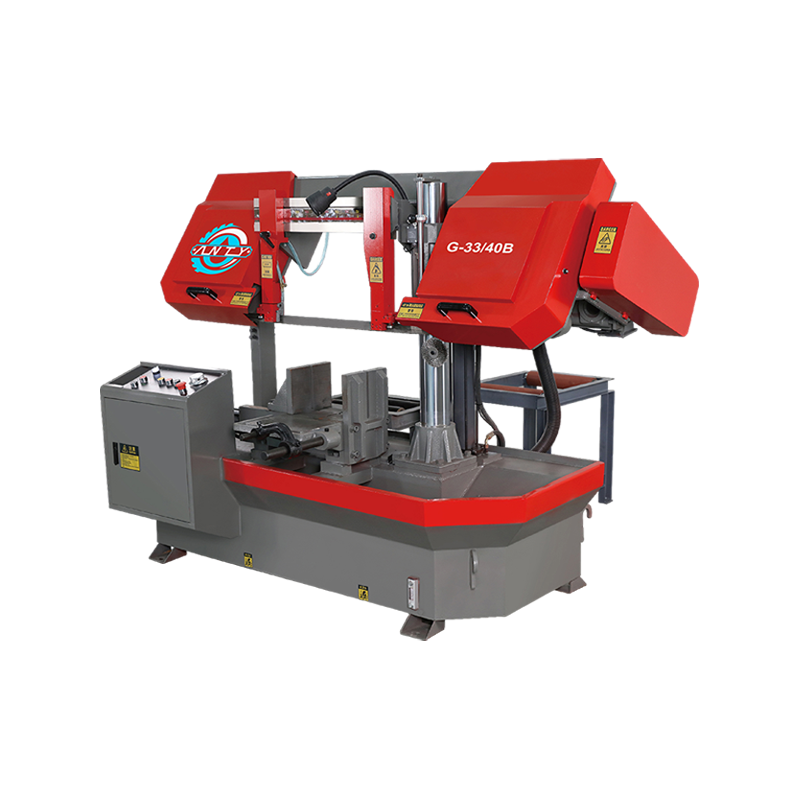
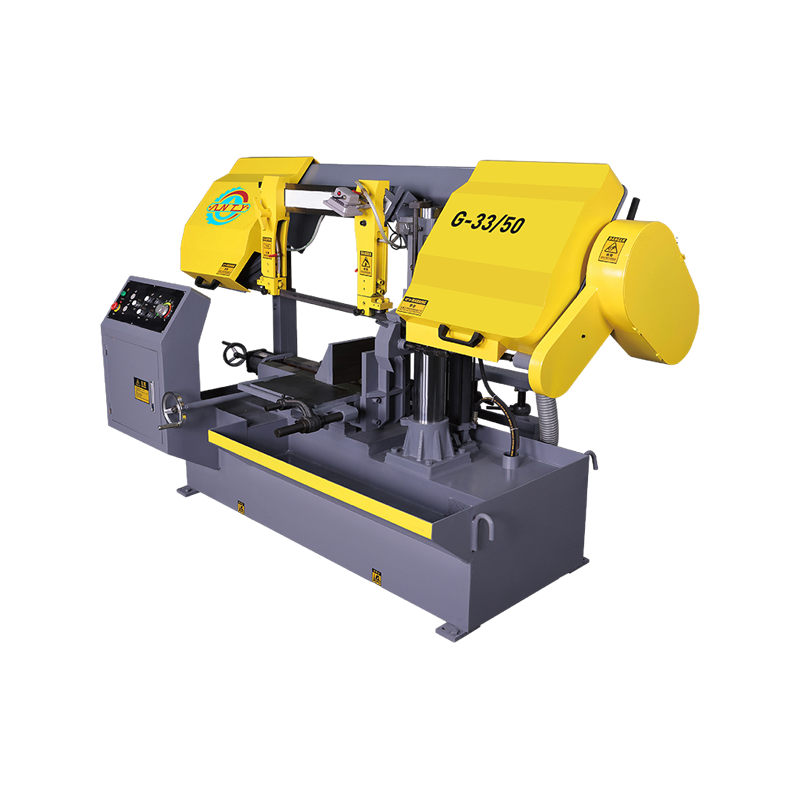


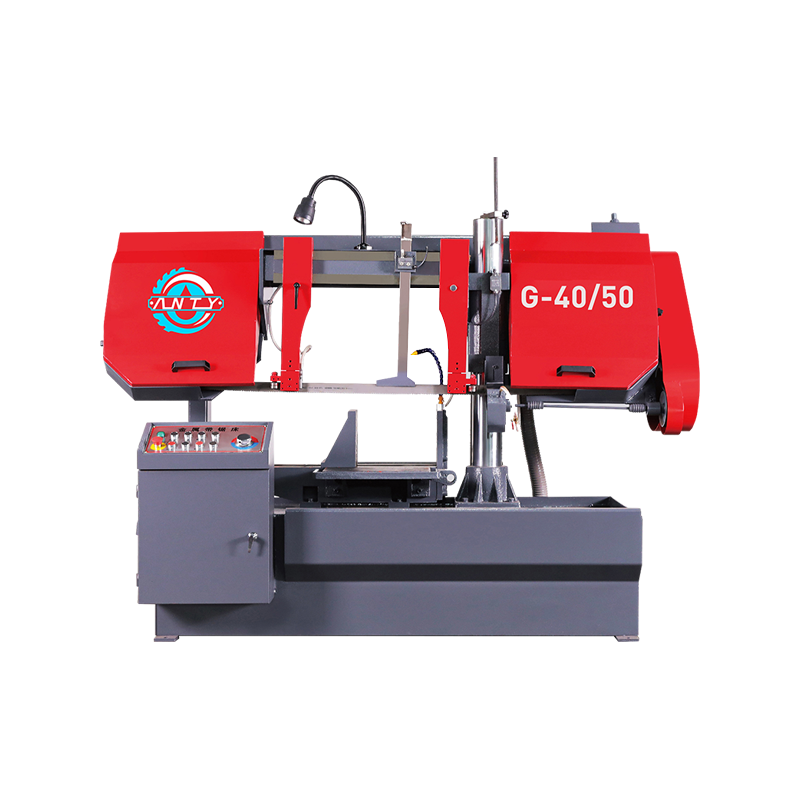
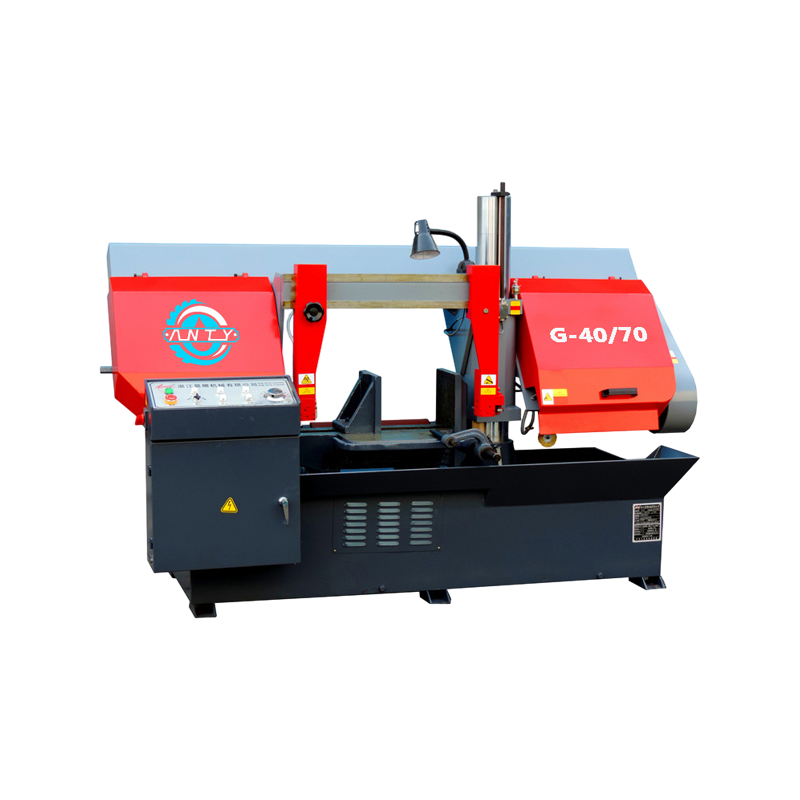
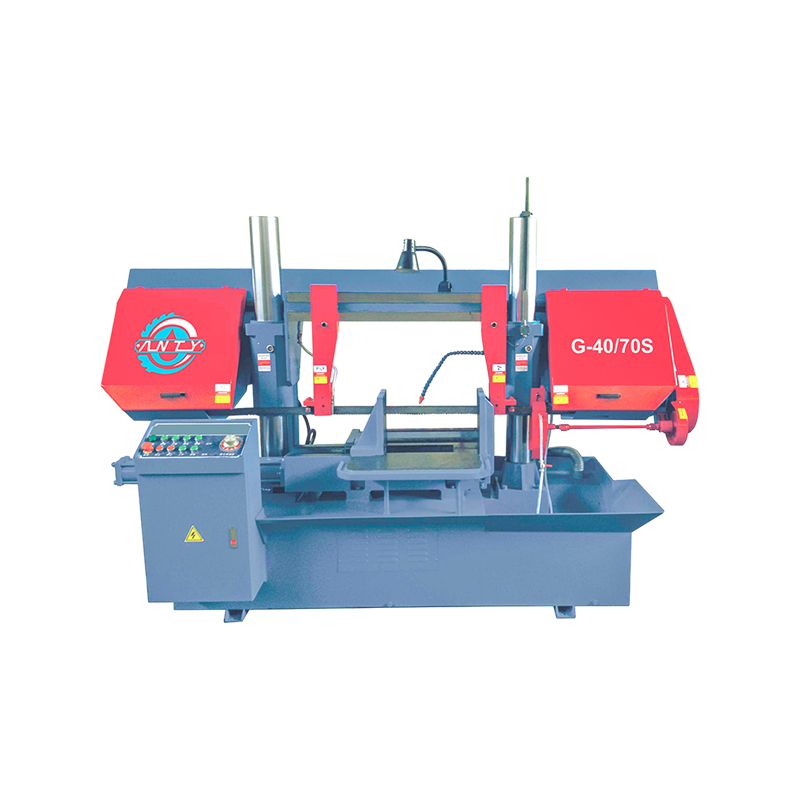
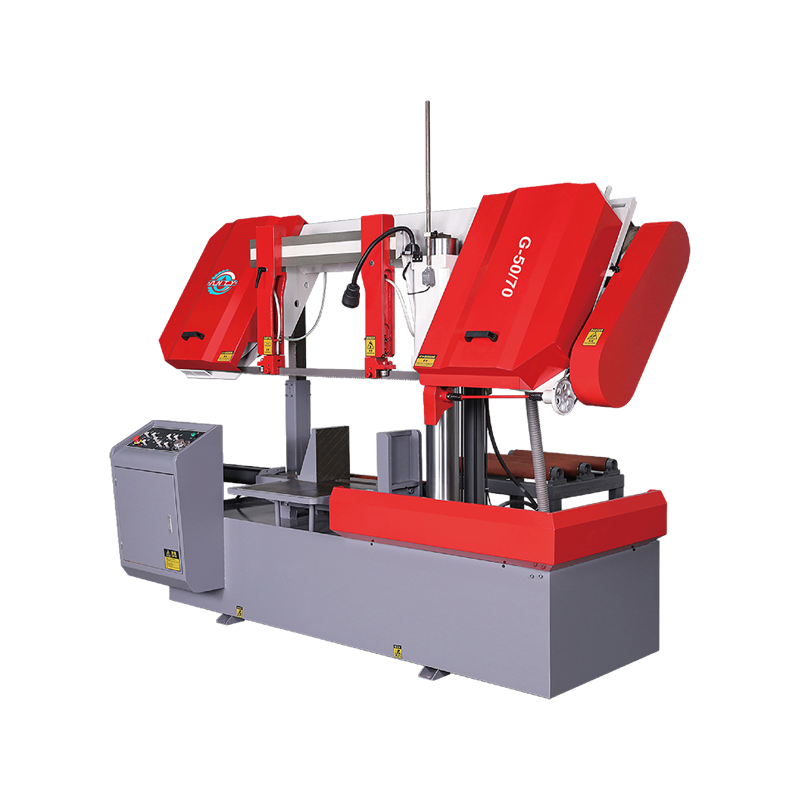
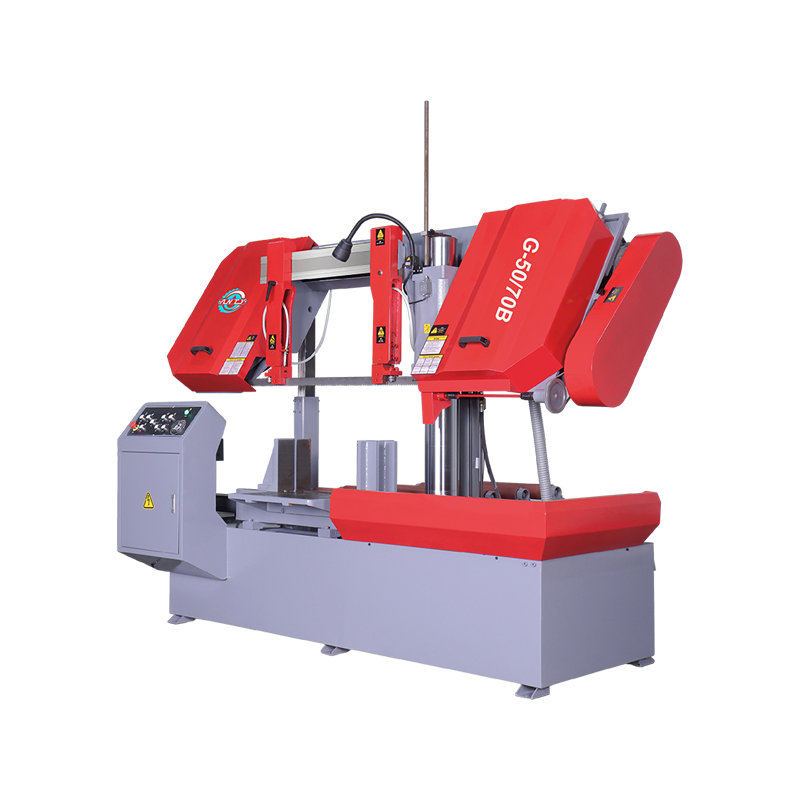
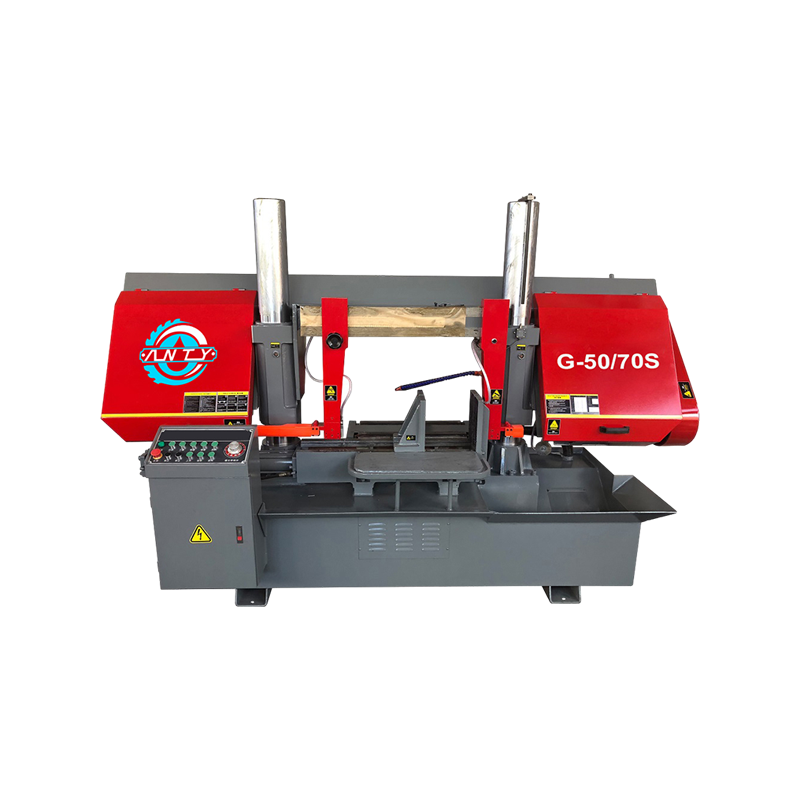



 READ MORE
READ MORE